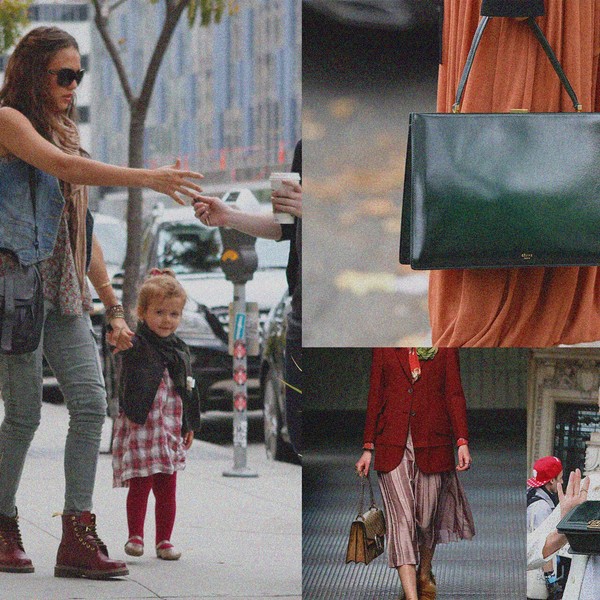Behind the Makeup Transformations for Showtime’s ‘The First Lady’
Makeup artist Carol Rasheed shares how she helped Gillian Anderson, Michelle Pfeiffer, and Viola Davis portray the historic first ladies.
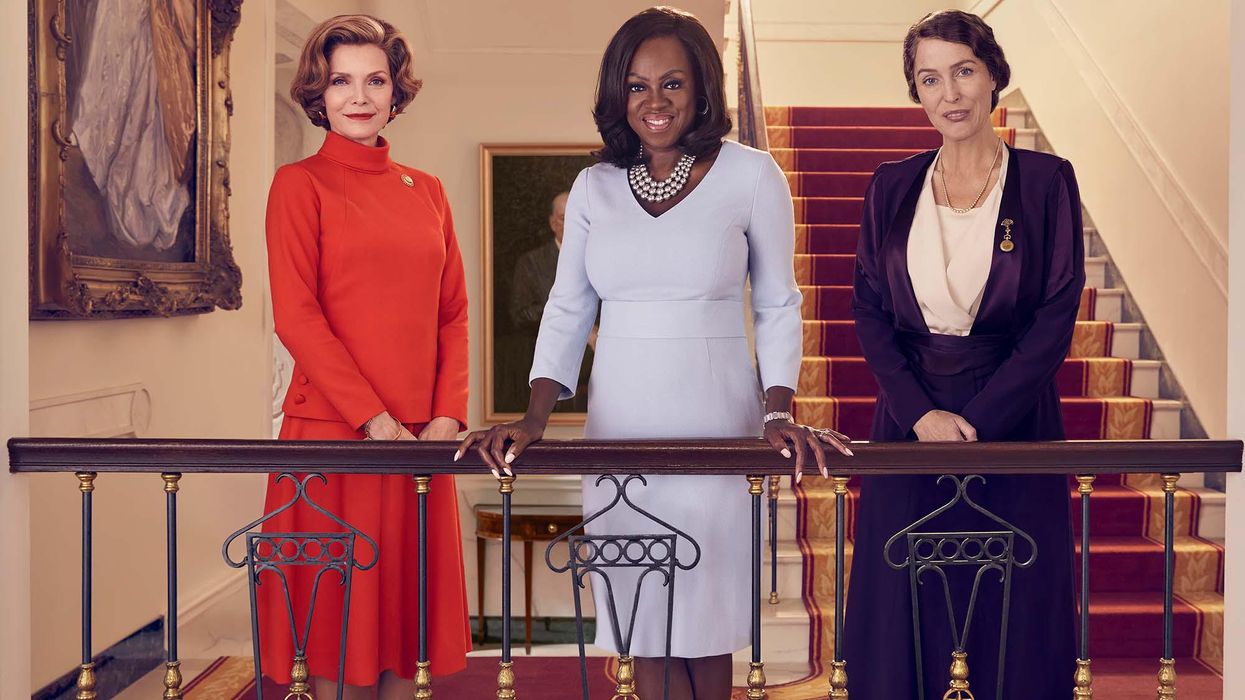
For Showtime’s latest series, The First Lady, Gillian Anderson, Michelle Pfeiffer, and Viola Davis were tasked with representing the forces of nature that are Eleanor Roosevelt, Betty Ford, and Michelle Obama, respectively, before and during their time in the White House. Makeup artist Carol Rasheed was tapped for the project by a producer she’d worked with previously to help bring these women to life on screen—an integral aspect alongside the acting itself. ”To have the [chance] to cover 108 years of work was the opportunity of a lifetime,” Rasheed tells Coveteur. “I was very honored to exercise the knowledge of myself and my team.”
Rasheed’s previous work on films like Steel Magnolias and The Hunger Games: Catching Fire prepared her for what many might consider a paramount exercise in the power of makeup. Though the first ladies belong to different eras spanning across 100 years, Rasheed believed they had a similar approach to beauty, describing the shared aesthetic as “contemporary with a twist.” The makeup was a line of continuity amongst all three eras, which helped create a cohesive viewing experience.
Following the series premiere on April 17, Coveteur spoke with Rasheed about the pressures of maintaining historical accuracy with the characters’ makeup, how she prepared for the special project, and her favorite makeup look from the show.
How did you prepare for this project?
“I took a different approach to the research. I went online and pulled up images, working [alongside the] costume designer. [The makeup looks were] based on the information we gathered collectively. I didn’t want to look at any of the other shows because I didn’t want to have an idea of what somebody else had done. I wanted [the makeup] to have a whole different spin on it. We looked at historical events to make sure we got it right. Translating that information came down to conversations with the director and the costume designer.”
How does your preparation process differ when you’re capturing historical icons compared to fictional characters?
“We create mood boards of various looks and styles [for each character] to show to the director. We pull information that coincides with everyday things. For the project I’m working on currently, [The Color Purple], I created a video presentation for the director to show what the characters would look like, music included. It varies and depends on the content of the story.”
When you started mapping out the looks for each of the characters, was there one specific detail for each of them that you honed in on?
“The three women themselves all had personal makeup artists [in real life]. The overall look of the show was decided very early on by the meetings I had with the director, some of the film noir movies I watched, and some of the conversations I had with the costume designer in terms of what kind of look was going to be [for] the overall three arcs of the show. As I was looking at everything for the show itself, I realized that from the early 1900s to 2007, the consistent makeup look with makeup was a little understated; there was more of an emphasis on lips and brows than complexion.
It was fun, but also quite challenging to give that consistency throughout each block. We took the same approach, but with different tones on lips, for example. When we did the 70s, it was the only place we got an opportunity to use some of the blues on the eyes and some of the great pastel colors. But it was still very minimal. It all came down to accentuating the beauty that each talent already had.”
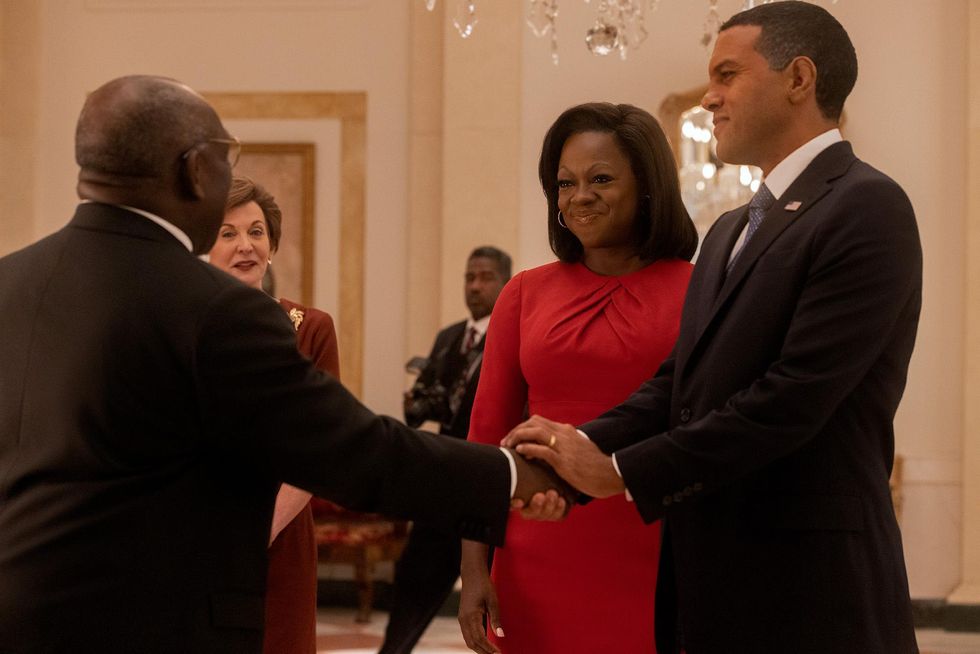
(L-R): Kathleen Garrett as Laura Bush, Viola Davis as Michelle Obama and O-T Fagbenle as Barack Obama in ‘The First Lady.’
Photo: Jackson Lee Davis/Showtime
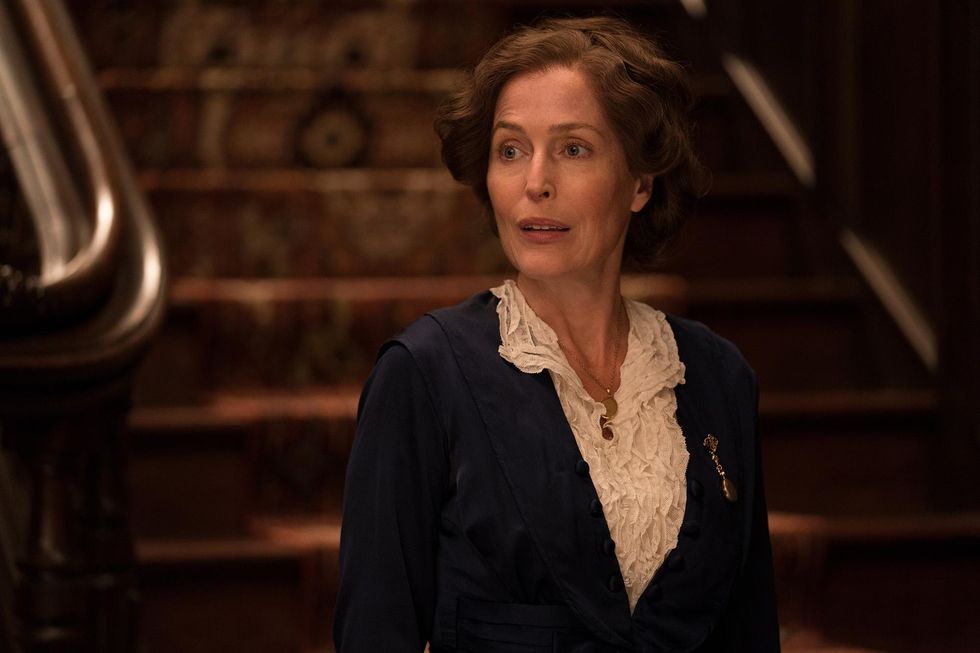
Gillian Anderson as Eleanor Roosevelt in ‘The First Lady.’
Photo: Daniel McFadden/Showtime
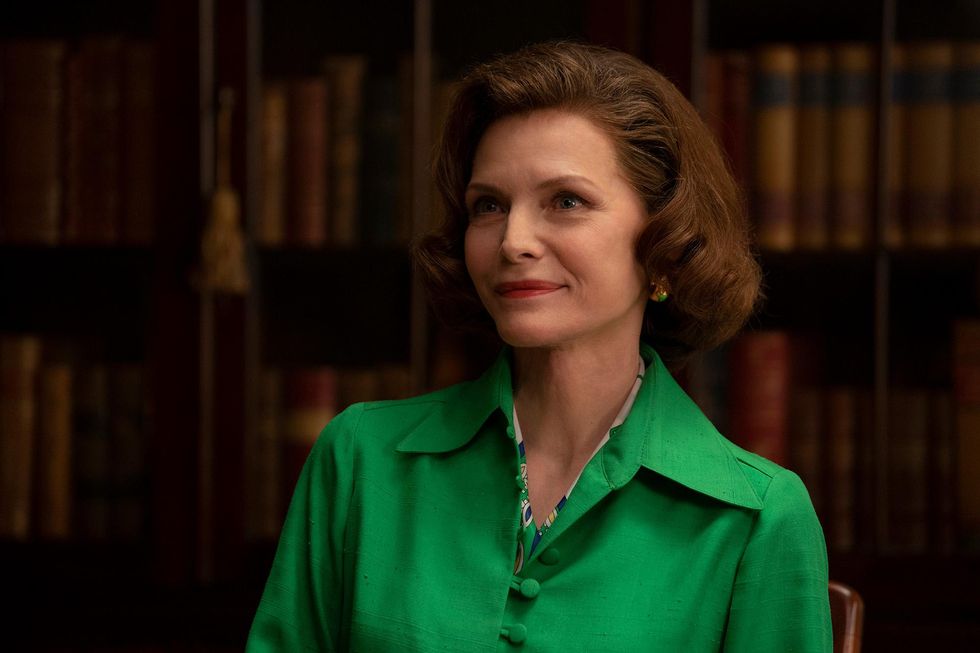
Michelle Pfeiffer as Betty Ford in ‘The First Lady.’
Photo: Murray Close/Showtime
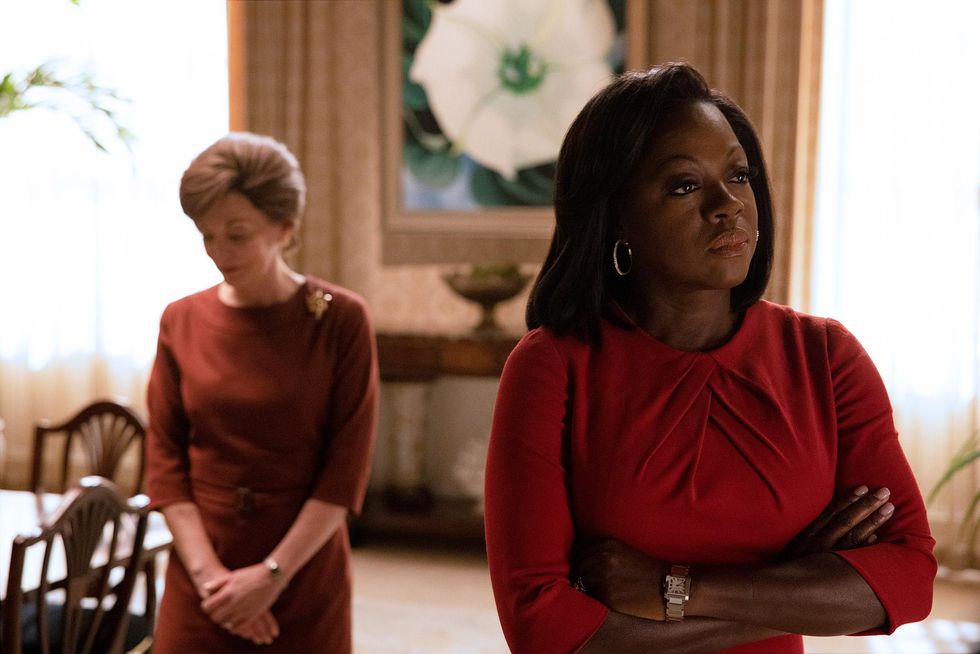
(R): Viola Davis as Michelle Obama in ‘The First Lady.’
Photo: Jackson Lee Davis/Showtime
Did you have a specific approach to portraying the difference between the first ladies when they were at home versus when they were in public?
“There were at-home looks for some of the ladies. It was a time when perhaps you wouldn’t use a lip color or something. We maintained a natural-looking finish, allowing the skin to bleed through, with a little bit of glam. The glam is so understated, especially for Betty Ford and Eleanor Roosevelt. When we got into Michelle Obama, it was a place where we could use a little bit more makeup, but it was still a little bit more understated.”
Is there one makeup detail that stands out as your favorite from the project?
“We had ears made for O-T Fagbenle who played Barack Obama. I think it helps them to get into character when you accentuate these details and play them up a little bit. I think he looked brilliant. We also added special teeth, and he had that character down so well. He would practice his dialect in the trailer, and it was uncanny. The wigs for Eleanor [Roosevelt] and Betty Ford, the makeup, everything was incredible to look at.”
Watch Showtime’s The First Lady every Sunday at 9 p.m. ET beginning on April 17 here.

